So, the artist formerly known as “Project Kennan” is real, and it’s the ROG Xbox Ally and ROG Xbox Ally X to give their full and proper titles. Henceforth, to be referred to as the Xbox Ally.
While it’s still a way off, and I definitely haven’t seen one in person, we do at least have plenty of information to go off on the hardware and software front.
As a long-term Steam Deck owner, the choice of APU in the base model Xbox Ally immediately stands out. It might well be called the AMD Ryzen Z2 A, but make no mistake, this is not some leap forward in performance.
As such, the pricing of this model, something we still know nothing about, is absolutely crucial to how easy (or not) it is to recommend.
New name, but it’s Steam Deck level tech
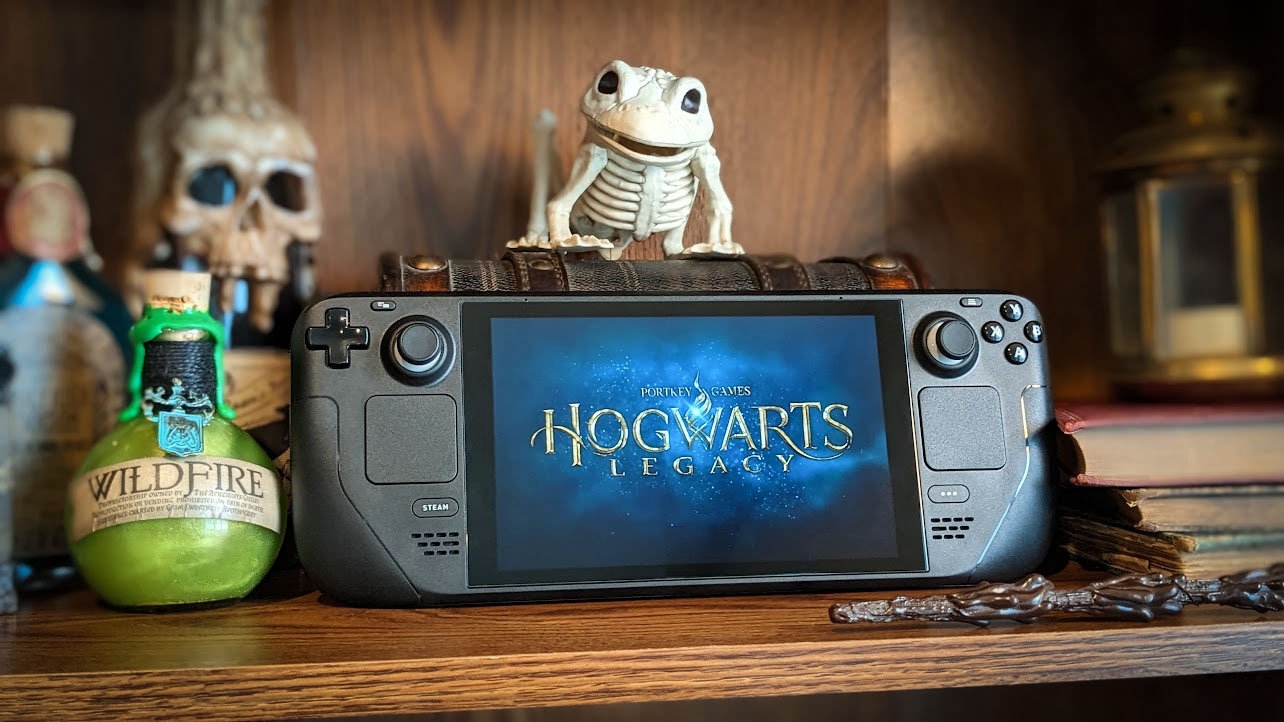
My illustrious colleague, Jez Corden, had the pleasure of working up the Xbox Ally, and so I’ve been playing catch up since its reveal. But it was this piece by our pals over at PC Gamer that caught my attention on this matter.
The Z2 A featured in the Xbox Ally is actually a tier BELOW the Z2 Go which we’ve already seen in the Lenovo Legion Go S. The Z2 Go has always felt like a mild upgrade over the AMD APU that Valve put in the Steam Deck.
Similar specs, just slightly more modern. Then in swoops the Z2 A below it in the food chain. It has less GPU cores, and the same number of CPU cores, but from an older architecture compared to the Z2 Go.
The Steam Deck APU has an 8-core RDNA 2 GPU and a 4-core Zen 2 CPU. The exact specs of the ‘new’ AMD Ryzen Z2 A. Other than a higher configurable TDP (up to 20W versus the 15W on the Steam Deck) this looks basically identical.
Even if it’s not the exact same chip, it’s using the same architecture for its CPU and GPU cores. So it’s as near as makes no difference, the same.
Microsoft HAS to price this to compete with the Steam Deck
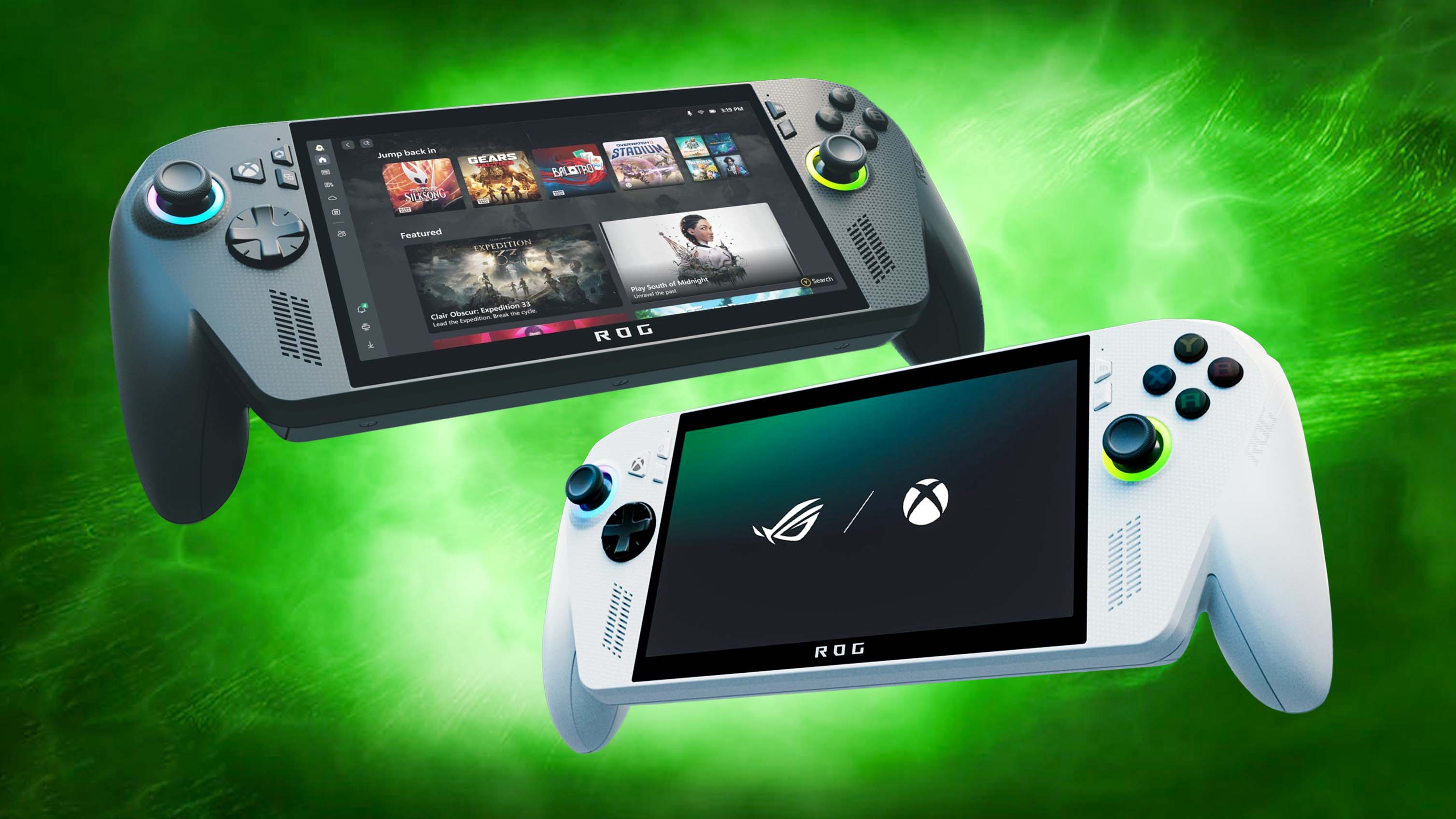
This makes price a serious consideration. The Steam Deck is now three years old, and Xbox just announced a new handheld using the same generation technology at its heart.
A 512GB Steam Deck LCD is $449. The Xbox Ally has some advantages, such as a better display, better wireless connectivity, an extra USB-C port, and I’ll wager, better battery life.
But what will grab the headlines, what will capture the imagination, is the price and the performance.
We already have the Lenovo Legion Go S with both Windows and SteamOS, as well as the Steam Deck. And we weren’t sold on the Windows version, in part, because of its price to performance ratio.
Valve’s big play with the Steam Deck is the Steam store, just as Microsoft’s is its own store, and more so, Xbox Game Pass. There are benefits to both ecosystems, but if the Xbox Ally is any more than $449 for comparable performance, I think it’ll be a hard sell.
I am hopeful, though. The 512GB/16GB configuration of the Legion Go S is $599 with SteamOS. There’s plenty of room for Microsoft to maneuver between that and the Steam Deck.
But it’ll be easier to recommend, and hopefully more successful, if it’s priced closer to Valve’s handheld than Lenovo’s. That I’m absolutely positive of.
The existing ROG Ally has to be a consideration, too
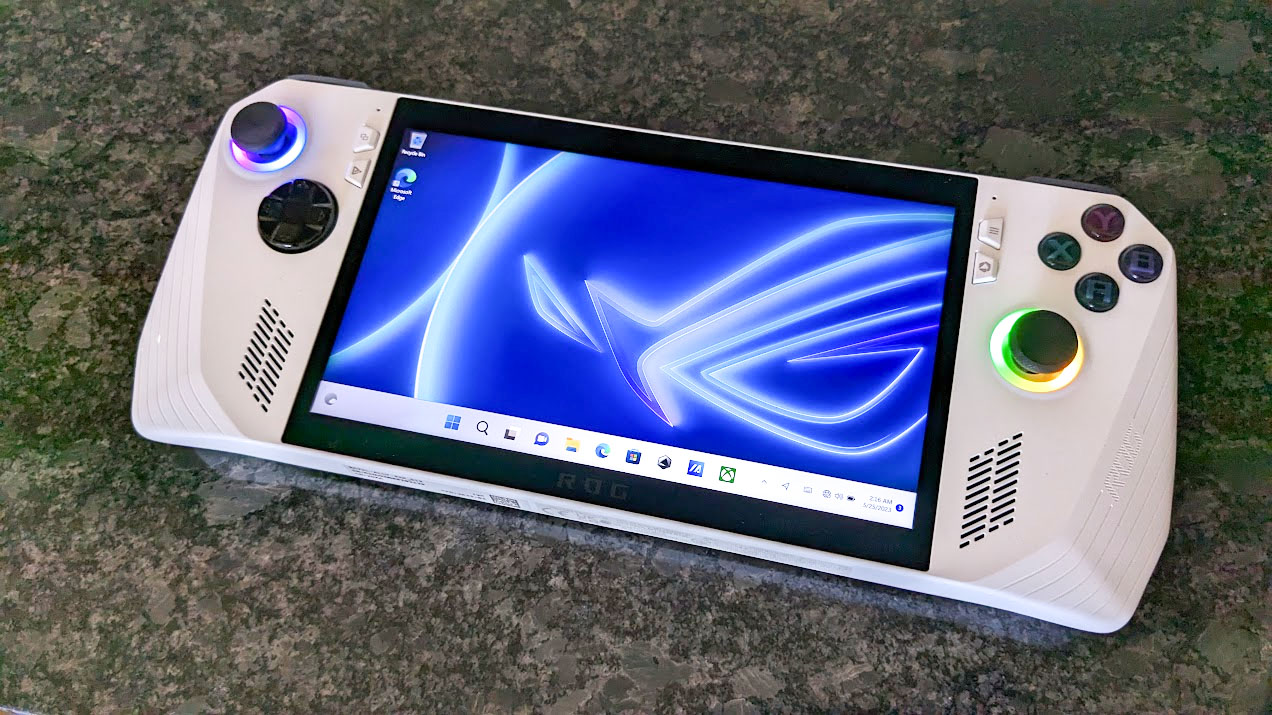
A 512GB ROG Ally is currently $650. The Z1 Extreme will be a better performer than the Z2 A, we already know that. It handily outperforms the Steam Deck.
If the Xbox Ally is set to launch in time for the holidays, you can almost guarantee that there will be some serious discounts to be had on the ROG Ally. Or the Legion Go. Or both.
Despite the benefits of the newcomer, from its superior ergonomic design to the software improvements to make using Windows handhelds better, the space will be competitive.
From the outside, and to the more casual consumer, if the better performing handheld ends up being available for not much more than the Xbox Ally, why wouldn’t you just buy that one.
I’ve no doubts much is being done behind the scenes, but amid the excitement, the pricing is absolutely crucial. And it’s the big detail we don’t yet have. I’ll be over here, crossing all of my fingers and toes.
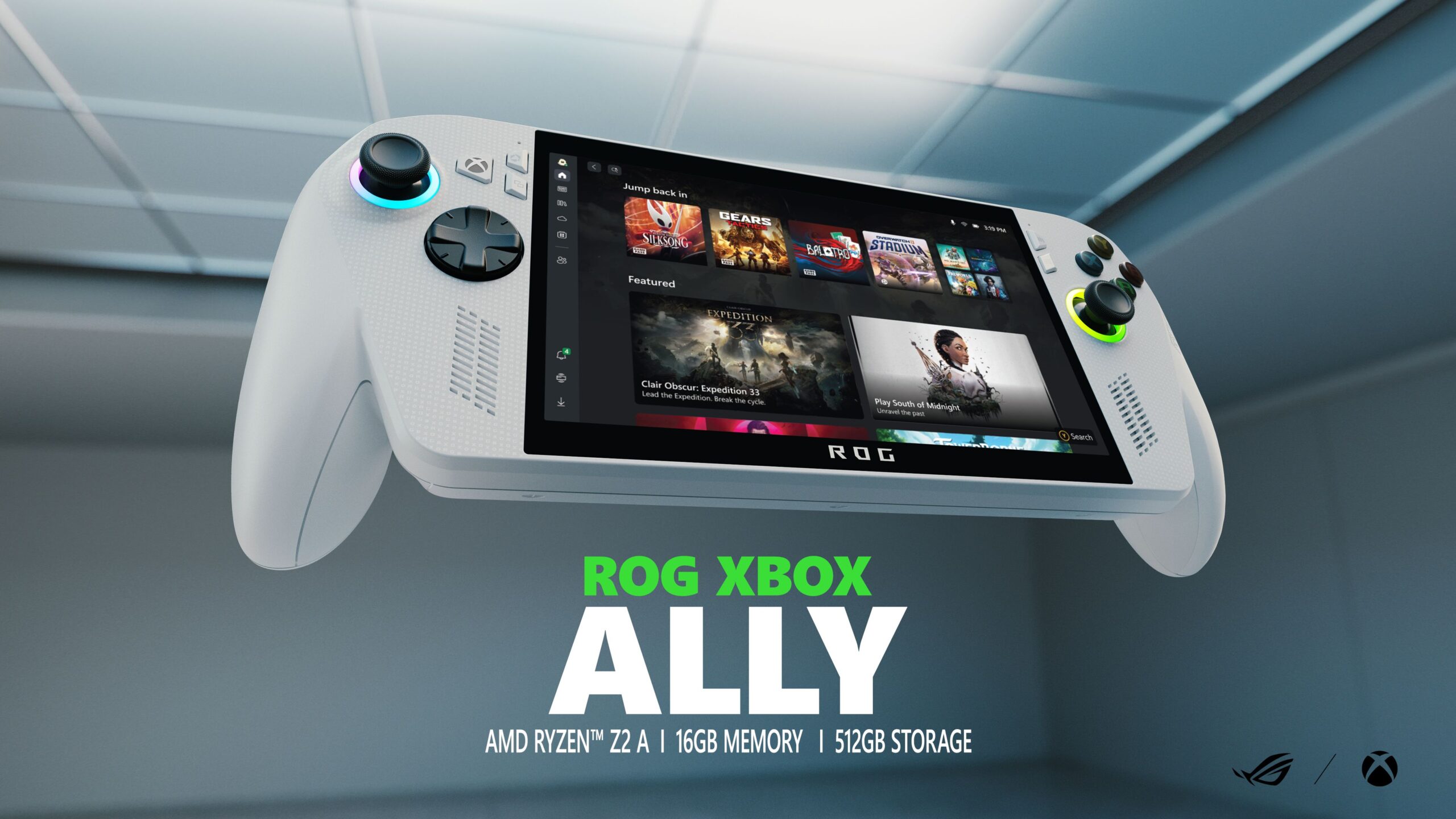






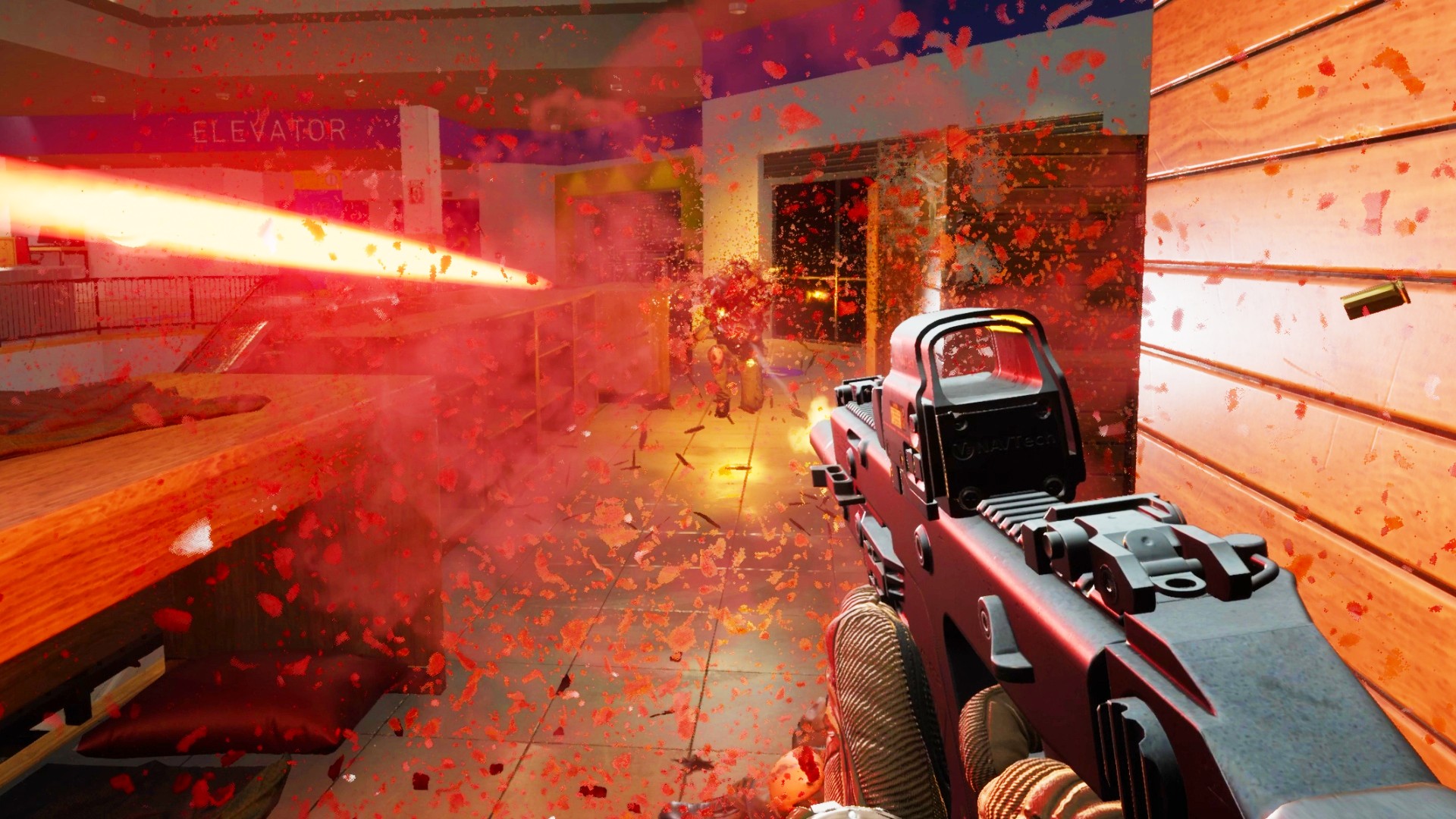






Leave a Reply